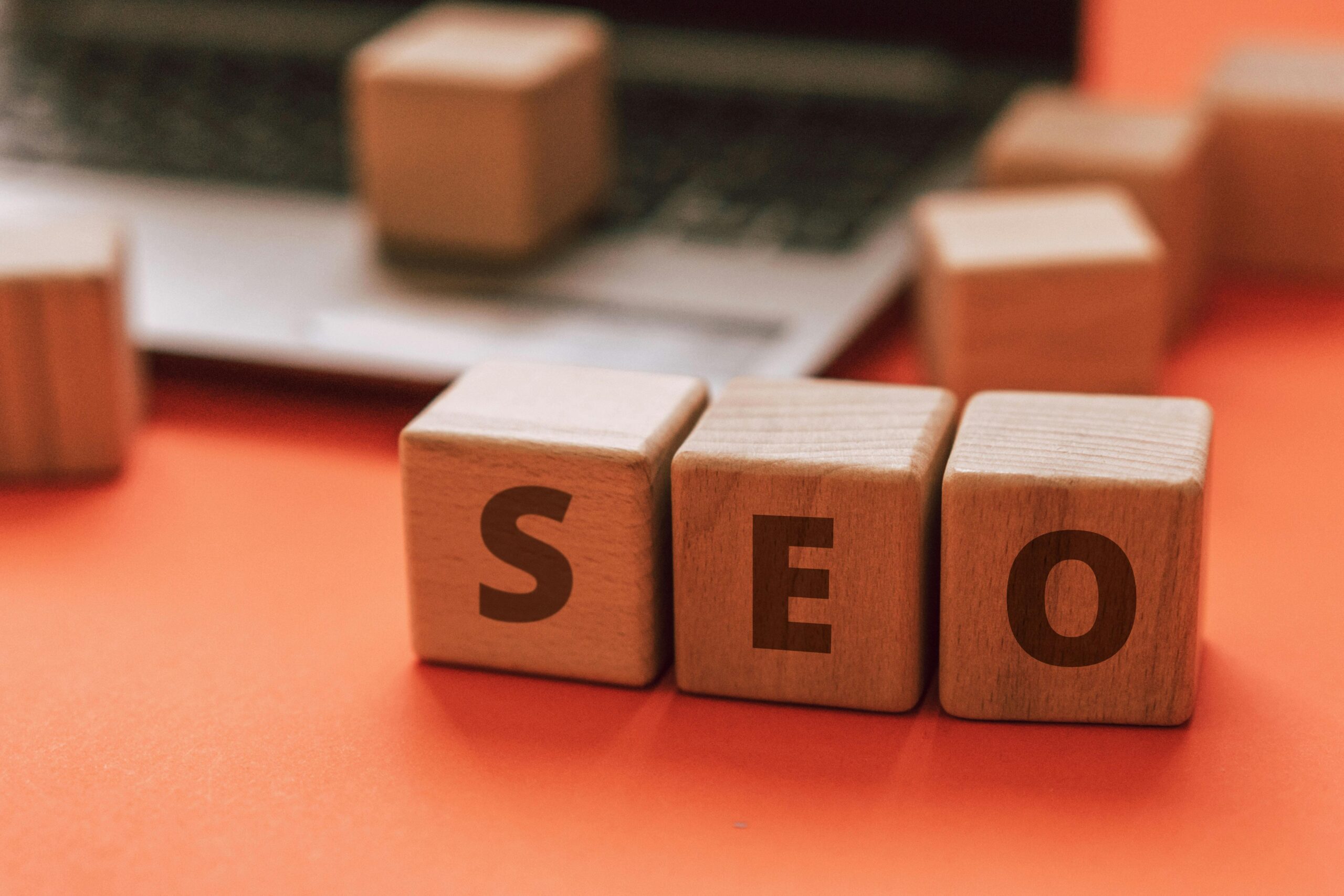Local SEO Guide: How to Rank in Google’s Local Pack
If you run a local business, you’ve probably heard the term “Local SEO” more than once. But do you really know what it means? And more importantly, do you know how it can help your business appear in Google’s Local Pack? If your answer is maybe or not really, don’t worry. You’ve come to the right place.
In this blog, we’ll break it all down for you in simple, human language. No technical jargon, no confusing terms just easy steps and practical tips that can help your business get noticed in your local area. So, let’s dive in!

What is Google’s Local Pack?
First things first, let’s talk about the Local Pack. You’ve probably seen it many times while searching for a service or shop near you. Imagine you’re looking for “pizza near me” on Google. Right at the top of the search results, you’ll see a small box showing a map and three businesses. That’s called the Local Pack, also known as the Map Pack or 3-Pack.
These top three results are super valuable. Why? Because they grab the most attention, get the most clicks, and drive the most traffic to local businesses. So, ranking in the Local Pack can literally make a huge difference for your business.
Why is Local SEO Important?
Now, you might be wondering, “Why should I even bother with Local SEO?” Well, let me tell you. Local SEO is the key to helping people nearby discover your business. Whether you run a café, a salon, a gym, or any kind of local service, showing up in local searches means more foot traffic, more phone calls, and ultimately, more sales.
And the best part? It doesn’t just bring any traffic. It brings people who are actively searching for your product or service in your area. That means they’re already interested, and they’re ready to take action.
How to Rank in Google’s Local Pack?
Alright, now for the most important part. How do you actually rank in the Local Pack? Well, it’s not magic. It’s all about following the right steps consistently. Let me guide you through them one by one.
1. Set Up and Optimize Your Google Business Profile
First and foremost, you absolutely need a Google Business Profile (GBP). If you don’t have one yet, stop everything and create it now. It’s free and easy.
Once you have your profile, make sure you:
✅ Fill out every detail—business name, address, phone number, website, hours, and category.
✅ Add high-quality photos of your business.
✅ Write a clear and engaging business description.
✅ Keep your information updated regularly.
Remember, Google loves complete and accurate profiles. The more information you provide, the better your chances of ranking higher.
2. Collect Genuine Reviews
Let’s be honest, reviews matter. They build trust and influence decisions. So, ask your happy customers to leave positive reviews on your Google Business Profile.
And don’t just collect reviews. Reply to them too. Thank your customers, address concerns politely, and stay active. Google notices this, and so do potential customers.
3. Optimize for Local Keywords
Another important step is using local keywords. These are search terms people use when looking for businesses in your area.
For example:
Instead of just saying “bakery,” say “best bakery in [Your City].”
Instead of only “plumber,” say “affordable plumber near [Your Neighborhood].”
Use these local keywords on your website, your Google profile, and even your social media pages.
4. Build Local Citations
Local citations simply mean your business information (name, address, phone number) appearing on trusted websites and directories. Sites like Yelp, Justdial, IndiaMart, Facebook, and others are great places to get listed.
But here’s the thing—make sure your information is consistent everywhere. If your address or phone number is different on different sites, it confuses Google and lowers your chances of ranking.
5. Get High-Quality Backlinks
Backlinks are links from other websites to yours. But not just any links—high-quality, relevant backlinks. They tell Google that your business is trustworthy and reputable.
You can get backlinks by:
✅ Partnering with local businesses.
✅ Getting featured in local blogs or news sites.
✅ Participating in community events and sponsorships.
✅ Creating helpful content that people want to share.
The more credible backlinks you have, the better your local rankings.
6. Keep Your Website Mobile-Friendly and Fast
In today’s world, most people search on their phones. So, your website needs to be mobile-friendly, fast, and easy to navigate. A slow, clunky website frustrates visitors and makes Google push you down in rankings.
Check your website speed using free tools like Google PageSpeed Insights. Fix any issues, and make sure your site looks good on all devices.
7. Create Location-Specific Content
Content is king, even for Local SEO. Write blog posts, create videos, or share stories that are relevant to your area. You can talk about local events, news, guides, or even customer success stories from your city.
The more local content you create, the more signals you send to Google that you’re an authority in your area.
Final Thoughts
Local SEO might sound overwhelming at first, but once you break it down, it’s really about following simple, consistent steps. Set up your Google Business Profile, collect reviews, use the right keywords, build citations, earn backlinks, optimize your website, and create local content.
Keep doing these things, and over time, you’ll start seeing your business climb the local search rankings. You’ll appear in Google’s Local Pack, attract more customers, and grow your brand in your community.
So, don’t wait. Start optimizing today and watch your business shine in local search results!





